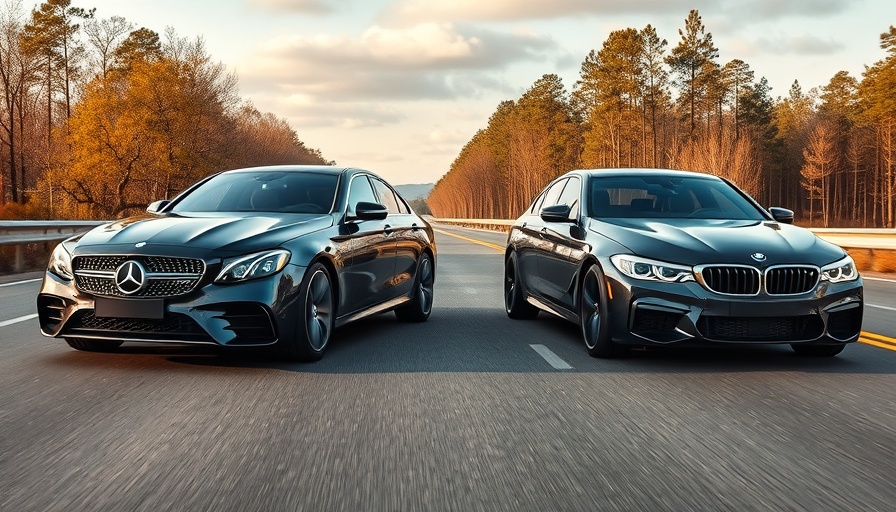
BMW's Impressive Q1 Sales Reveal Shifting Dynamics in Luxury Cars
In an eye-opening turn of events for the automotive industry, BMW has outperformed Mercedes in traditional premium segments during the first quarter of 2025. This shift marks a significant change in consumer preferences and highlights the competitive nature of the market.
Breaking Down the Numbers
According to official reports, BMW sold a remarkable 188,855 units across its midsize lineup, which includes the X3/X4 and the 3 Series/4 Series. In contrast, Mercedes managed to sell 169,582 units comprising the C-Class and GLC models. This translates into a whopping lead of over 19,000 units for BMW, equating to an impressive growth rate of 11.3%.
The Business Class Shift
In the business class segment, BMW's strong performance continued with 134,167 units sold, a notable figure compared to Mercedes' 111,651 units for the E-Class and related models—marking a substantial 19.3% leap for BMW. This trend indicates that drivers might be gravitating towards BMW's offerings for their blend of performance and luxury.
Luxury Segment Surprises
The most surprising aspect unfolded in the luxury segment, where the traditionally dominant S-Class saw a steep decline in sales, resulting in a combined total of 27,070 units—a decline of 23%. In contrast, BMW's luxury ranges, the 7-Series/8-Series and X7, reached 27,162 units combined. This signals a potential reshaping of market leadership in a segment previously ruled by Mercedes.
The Compact Segment Dominance
Interestingly, BMW also leads within the compact vehicle category, with total sales of 157,802 units compared to Mercedes’ 124,032. This further underscores a growing trend of enthusiasts and casual buyers alike favoring BMW's appealing range of vehicles.
What This Means for Automotive Enthusiasts
As the automotive market evolves, these sales figures serve as a crucial indicator for potential buyers looking for a balance between luxury and performance. With BMW increasingly proving its worth across multiple segments, it presents compelling options for anyone in the market for a new vehicle.
 Add Row
Add Row  Add
Add 




Write A Comment